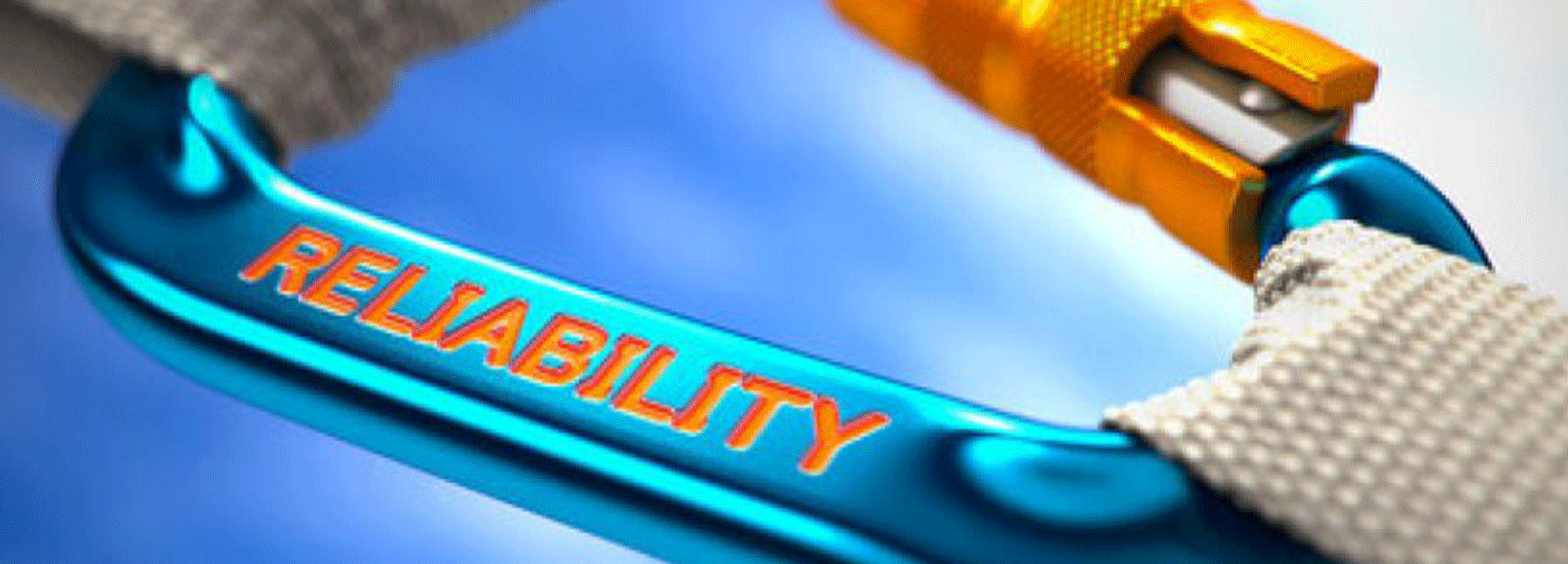Utilising Safety, Reliability and Efficiency During Inspection Tasks: A “Spot” case study

The safety of human workers within high-risk industries, such as oil & gas, is of prime importance. Following closely behind are the priorities of reliability and efficiency. As technology advances, so too does the ability to improve all three of these factors, making for a better working environment and serving the needs of customers.
The following case study looks at a unique robotic solution created by Boston Dynamics and known as “Spot”, and how such an asset can be utilised to improve every one of these aspects.
The Challenge
The largest Australian natural gas producer, Woodside, has already recognised the many benefits of various Internet of Things (IoT) technology investments. However, one area where they were failing to make significant headway was to carry out regular and reliable inspection tasks using smart sensors. There were multiple reasons for this.
- Their onshore plants are large and sprawling. This is a deliberate move, as spacing out equipment makes for a safer environment. However, when it comes to the ongoing inspections and testing, an area that stretches over a couple of kilometres makes for a lot of travel time between assets.
- The onsite terrain is typically challenging to navigate. There are multiple stairways, rock piles, split levels, uneven surfaces and different types of surface to traverse.
- Regular, higher risk, shutdowns are common. These are necessary to gauge the performance of some of the equipment. When the site is fully running then the equipment is stable. However, this becomes a more dynamic entity during the transition state from on to off, making for a higher risk to the humans who currently carry out necessary surveillance at this time.
- Human inspection tasks are carried out every 12 hours. This means physically having to go through the plant, taking various readings as well as being observant for steam and/or water leaks and listening for odd noises. These vital but mundane tasks would be better served by being automated, leaving humans to carry out more diverse tasks.
Considerations
The terrain was one of the biggest issues when it came to implementing a robotic inspection solution. Wheeled platforms not only wouldn’t be able to cope with the distances involved, thanks to their slow mobility, but wouldn’t be able to move over the many terrain obstacles that are found on all of Woodside’s sites.
Safety is absolutely the top priority at Woodside. While it’s recognised that the area of natural gas is one of high risk, there are certain tasks that pose more of a threat than others. Replacing some human activity during the necessary site shutdowns was one consideration they’re keen to address. Another was the use of an automaton that could be sent in during any incident, sending back visual data that could help a human response team prepare. They were also keen to automate some of the regular 12-hourly inspection tasks. Doing so would negate human error, improve the consistency of the data capture, as well as a robot being more likely to pick up on anomalies that humans might miss.
The Solution
Together, Woodside and Boston Dynamics identified that the only effective solution would be an agile robot. Spot, while still in the testing stage, has the potential to improve all of the three priorities of safety, reliability and efficiency. Six applications were determined that would help address these needs.
These were:
- Gauge reading
- Leak detection
- Noise anomaly detection
- Thermal inspection
- Gas detection
- Remote detection
By handing these tasks over to Spot, all three of the primary priorities would be improved. It was also stressed that this wasn’t a replacement for a human workforce – rather, it would enhance it, as human workers would be freed up from many mundane chores and could carry out alternative valued tasks that needed human intervention. This, in turn, could lead to training opportunities and a more highly skilled workforce.
Spot is set to achieve these aims in the following ways:
- Spot has unrivalled mobility: The robot has quadruped mobility, meaning that it can travel across virtually any terrain. It can also move faster, and therefore cover greater distances, than any wheeled platform robot. This meant that Spot was easily able to cope with the varied landscape, including a real-time software update that overcame a difficulty it had with climbing mesh metal stairs.
- Spot reduces human contact with hazards: By reducing the amount of time humans have in close proximity to potentially hazardous assets, you automatically increase their level of safety.
- Spot reduces human error: For humans, carrying out repetitive tasks, such as regular inspections and data gathering, comes with an inherent risk. Human error will naturally miss some aspects, perhaps make an incorrect report, or fail to communicate necessary information. A robot doesn’t make these mistakes, making the whole inspection process more reliable.
- Spot is simple to operate: The interface is designed to be extremely user-friendly. This makes it easy to train a variety of site personnel to operate the robot/s.
- Spot offers limitless potential: The applications that are envisaged at the moment don’t even scratch the surface of what might be achievable in the future. One possibility is that of semi-autonomous or even autonomous working, whereby robots can detct anomalies and carry out necessary shutdowns or even repairs in the future.
While the use of Spot at Woodside is still at the testing stage, the company is delighted with how diverse the operation is. This is set to increase and is only one aspect of the companies drive to extend their intelligent asset workstream.
Discover more about this refreshing approach to robotic inspection or contact us today for a no-obligation chat.
